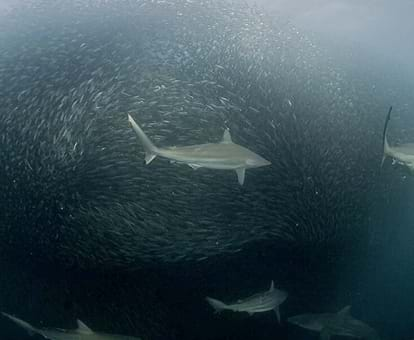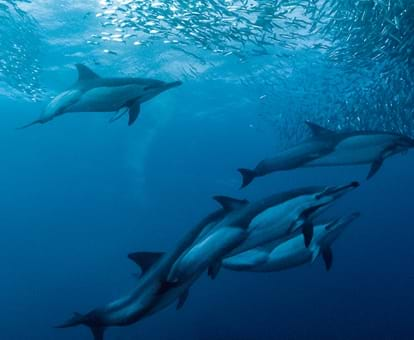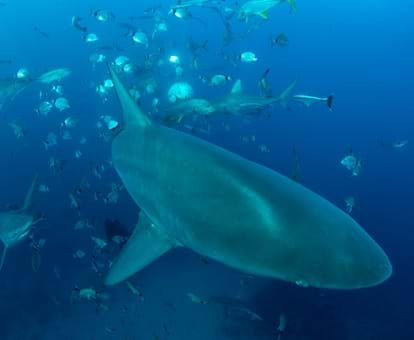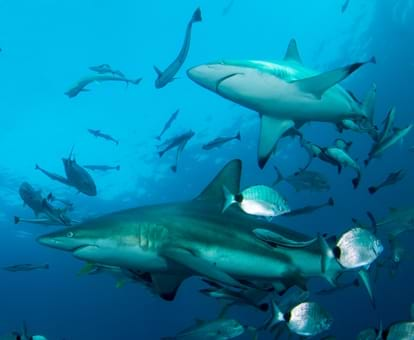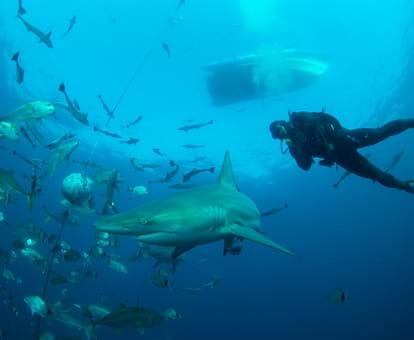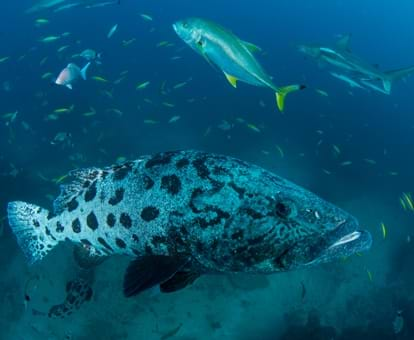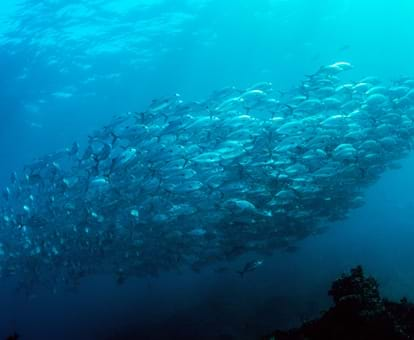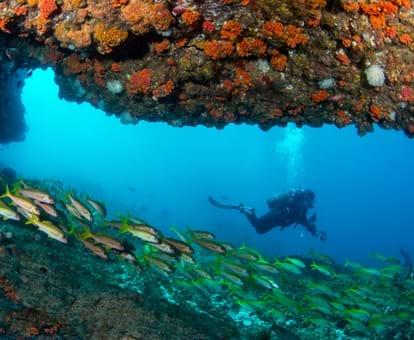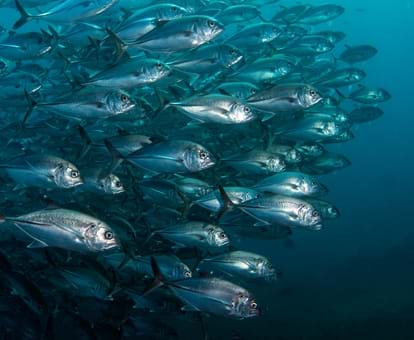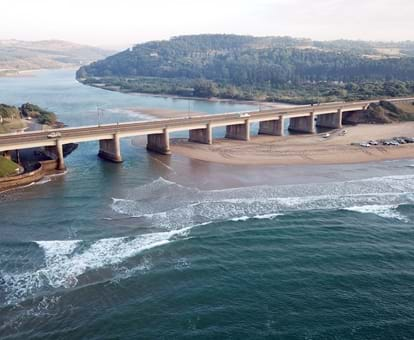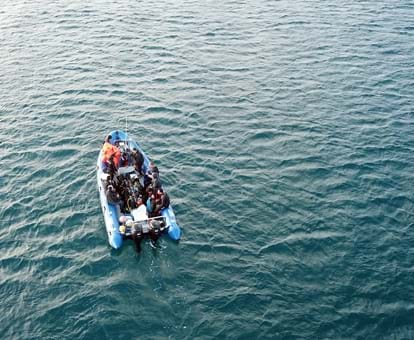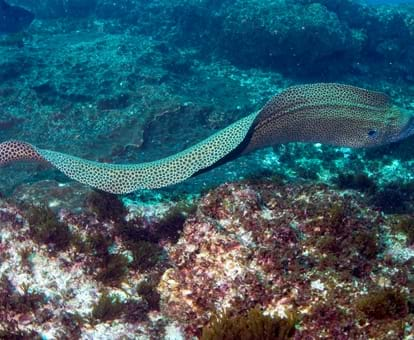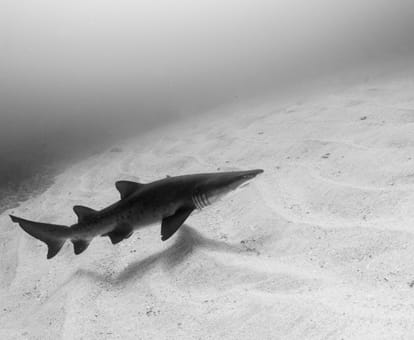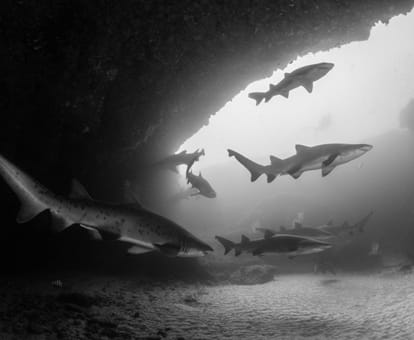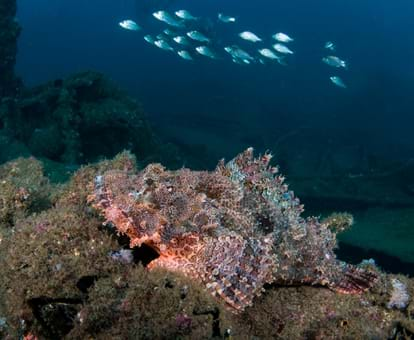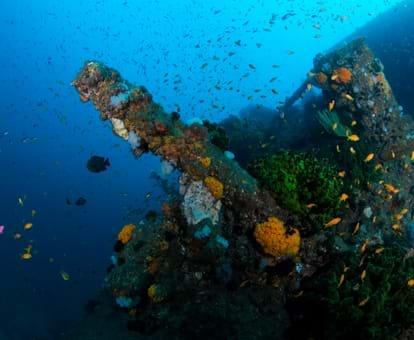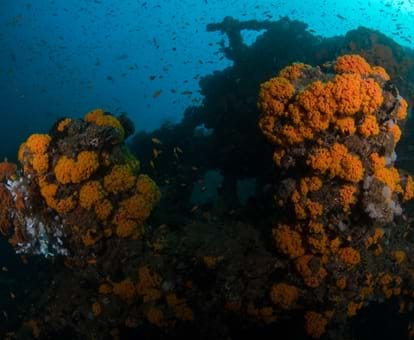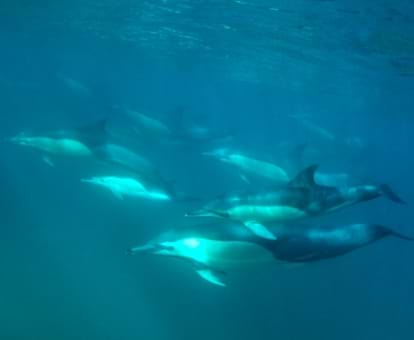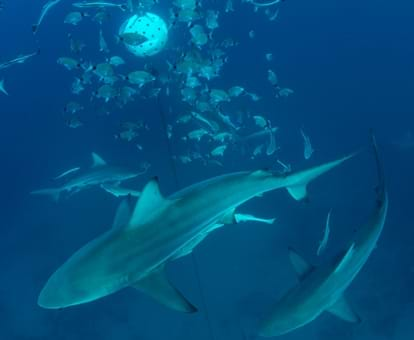By creating an account, I agree to the
Terms of service and Privacy policy
Choose your country and language:
Africa
Americas
Asia Pacific
Europe
AAs winter settles in to South Africa a magical migration happens and word starts to spread along the KwaZulu-Natal coastline. “The sardines have arrived!”
These sardines have embarked on their annual journey, swimming for more than 30 days from their spawning ground in the Cape to South Africa's east coast. This marine spectacle means scores of fishermen join the sharks, game fish, marine mammals and birds to gorge themselves on this shimmering mass of tiny silver fish.
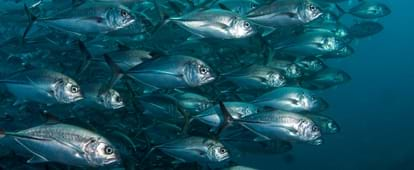
WWhy these large shoals of sardines swim to the KwaZulu-Natal coast during the winter months remains a mystery. And yet, each year it's the same: starting in May, millions of small, shiny fish make the one-way journey from the cold waters of the Cape to the warmer tides of KwaZulu-Natal, colouring the shoreline silver as they convene close to the coast.
IIf you’re planning to get in on the action, you’ll need to plan your trip properly. By the end of July they’re gone – disappeared just as suddenly as they arrived, vanishing into the great blue beyond.
Like whale watching in Hermanus or travelling to Namaqualand to see the wildflowers in bloom, South Africa’s famed sardine run is a seasonal delight that is popular among local and international visitors, understandably so. It’s a phenomenon certainly worth experiencing – whether it’s from land, the ocean surface or even underwater (arguably the most spectacular way to view it).
TTypically, the sardine shoals are massive and can stretch for kilometres along the coast, and following the shoal – above and below water – is a caravan of predators in feeding-frenzy mode.
Schools of sharks, such as the Bronze Whaler (or Copper sharks), Dusky and Blacktip sharks, follow the shimmering path of prey, feasting on the fish. Marine mammals and game fish follow in hot pursuit. Cape Fur seals, Humpback and Minke whales, and thousands of dolphins are joined by shoals of Shad, Garrick and “Geelbek” (a type of kob) as they dive, snap and feed on what appears to be an unlimited supply of tasty sardines.
Dolphins actually employ a tactical hunting strategy by “herding” part of the sardine shoal into densely packed groups, termed “bait balls”. Working together underwater, the dolphins drive the bait ball towards the surface, whirling, twisting and swimming below the shoal.
AAs the sardines move closer to the surface of the water, birds plummet out of the sky to pillage from above. Cape gannets, cormorants, terns and gulls all dive-bomb the coast in an unrelenting aerial assault. In areas where the sardines swim very close to the coast, game fishermen and local sardine lovers wade into the water and secure their share.
This is a marine spectacle at its best – a once-in-a-lifetime opportunity to view creatures of the earth, sky and water taking part in one of nature’s unexplained mysteries. Opportunities abound for those looking to observe the great sardine-run phenomenon, whether it be from the coast, from the deck of a boat, underwater or with a snorkel.
For inspiration and insider tips, follow us on Instagram, Facebook, or Twitter. Tag #MeetSouthAfrica to share your pics with us, or subscribe to our newsletter for the latest information, holiday offers, prizes and events across South Africa.
Related articles

|Terms and conditions|Disclaimer|Privacy policy|Social Media Terms and Conditions|Competition Terms and Conditions
